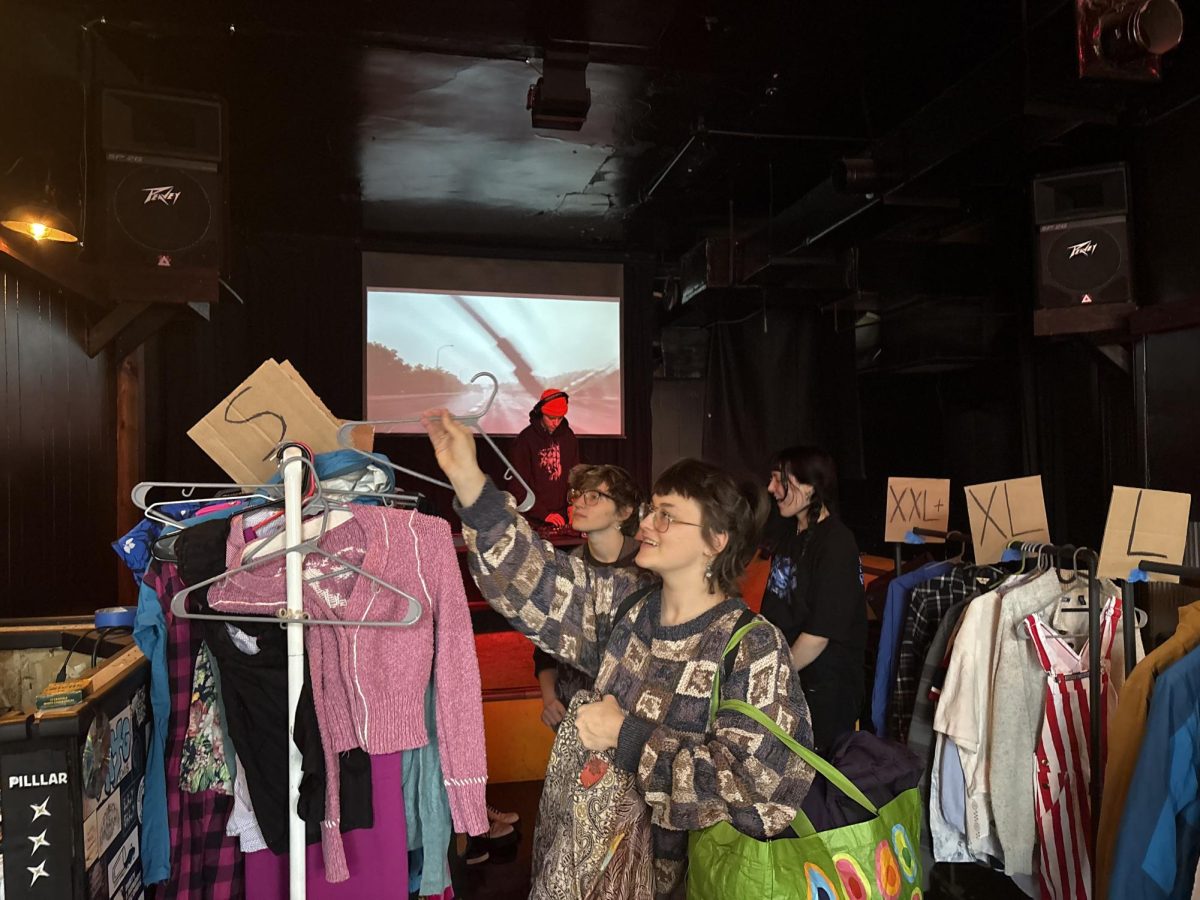Students, look at your professor, now back to Dr. Zira. Now back to your professor, now back at Zira. Tonight’s lecture at the Walker Arts Center may differ from your introductory sociology or economics class.
On Thursday, Nov. 6, Coco Fusco, interdisciplinary artist and author, will perform her piece “Observations on Predation in Humans” at the Walker Arts Center. Taking on the role of Dr. Zira, she lectures on economic violence as a form of human aggression. She previously premiered the piece last December at The Studio Museum in Harlem as part of the Radical Presence: Black Performance in Contemporary Art exhibition, which Walker curator Fionne Meade brought to Minneapolis this past summer.
“I was thinking about how I could address the subject of economic violence, since we’re in a society that is becoming increasingly polarized in economic terms,” Fusco said. “I feel like you can’t really understand the aggression of the rich against the poor unless you understand that it’s not about police clunking you over the head, but it’s about the rich organizing things so that everything works to their advantage, but that you’re always losing when you’re on the poor side.”
The trailer for the piece introduces Dr. Zira and previews the style of analysis. In Planet of the Apes, Dr. Zira studies humans as an animal psychologist. Fusco expands on this premise. She said that as Dr. Zira, she aims to “look at humans through the lense of animal psychology and understand that violence as a form of aggressive behavior … the way human scientists look at dogs or chimps or elephants or dolphins.”
For example, in clips from the performance in New York, she compared people’s hoarding tendencies to those of baboons and squirrels.
Fusco said that a make-up artist uses the same prosthetics as the movie for her costume, and the transformation takes about 3 hours to complete.
Coco’s previous performances include “The Incredible Shrinking Woman” and the famed “The Couple in the Cage.” In the latter, she and Guillermo Gómez-Peña poked at problematic Western perspectives and the historical practice of displaying aboriginal people as exhibits. They traveled to various cities, where they publically presented themselves as “undiscovered Amerindians” locked inside a cage. They used the performance as part of a larger project, “The Year of the White Bear and Two Undiscovered Amerindians Visit the West,” which premiered at the Walker Arts Center in 1992.
When asked about her response from audiences after “Observations,” Coco said that she prefers to view art as art, and that a piece’s value is independent from its impact.
“People in the media and academia are obsessed with this idea that art is of no consequence unless you can prove it has some sort of mass appeal or major effect. And I just don’t think about art that way,” she said. “I’m a performance artist, for some people, everything I do is out there.”







